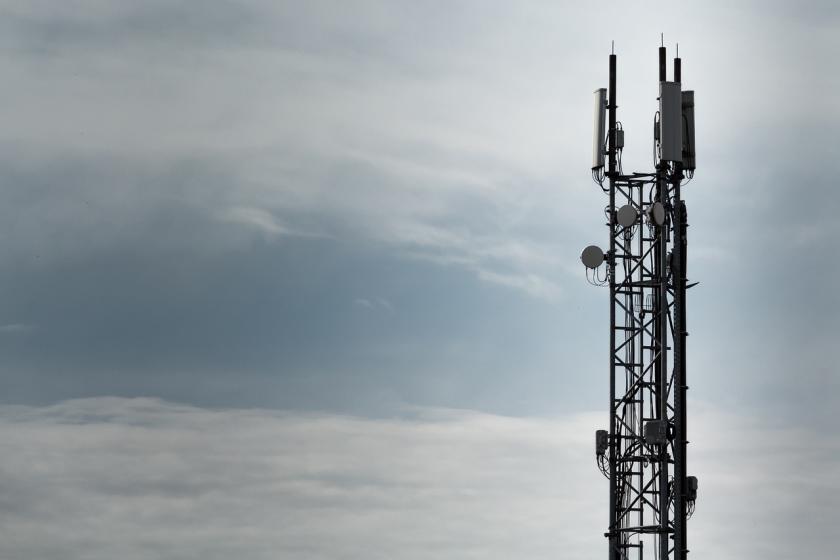Is 5G Fixed Wireless Access the New ISDN?Is 5G Fixed Wireless Access the New ISDN?
5G fixed wireless’ success will depend on how fast and smoothly providers can deploy the service and whether customer premises issues are easily resolved.
February 4, 2019

Last mile connectivity services have been notoriously hard to deploy. Over the last few decades, we've seen it take years for fiber-to-the-home or office, DSL, and broadband cable services to work properly and become generally available.
At the start, all suffered two main problems. One, the service was not widely available, and you never knew if it was available for your home or office. It often took years to get service in a specific location. And two, there were always issues getting the service to work on-premises.
5G fixed wireless access seems like it might have the same issues. But of all the broadband services of the past, the one that it reminds me of the most is ISDN. Here are the similarities (some good and some bad) that I see:
Bandwidth compared to replacement: ISDN offered higher bandwidth than dial-up connectivity for remote offices, small business, and home offices. One of the main selling points of 5G fixed wireless access is that it offers higher bandwidth than 4G to the same offices.
Indeterminate availability: ISDN required an upgrade to the local central office (CO) for service to be available. In places like Manhattan, with numerous COs, it was an excruciating process to find out when the CO that served your neighborhood would support ISDN. Similarly, 5G seems like it will be deployed on a patchwork basis. Grand promotions will tout its availability in a city, but whether it will be available for your buildings is going to be hard to determine in the beginning.
Customer premises issues: ISDN customer premises equipment was hard to configure, and troubleshooting problems was an art that required deep technical expertise. With 5G fixed wireless access, there are in-building penetration issues. A recent Network Computing article noted: “Most buildings will require cellular aids for reliable in-building coverage. Without up-to-date hardware, the headache of a weak signal or signal loss is a likely reality for cellular customers.”
What lies ahead?
What do these similarities mean for the future of 5G fixed wireless access? And, do they tell us anything about whether 5G fixed wireless access will be widely adopted?
ISDN had a lot going for it. It offered a broadband alternative to dial-up at a fraction of the cost of running a dedicated line to a home or office. It was usurped due to the introduction of DSL and broadband cable services.
5G fixed wireless access will have to compete with widely used current services, including DSL, broadband cable, and fiber offerings from major providers. Then there is the potential (small as it may be) that a new wave of satellite broadband services could emerge.
Certainly, 5G offers some exciting benefits in other application areas such as providing a way to handle traffic from smart sensors and internet of things (IoT) devices.
But its success as a broadband, last mile connectivity solution will depend on how fast and smoothly providers can deploy the service and whether customer premises equipment can address building penetration and other issues.
What do you think?
About the Author
You May Also Like




